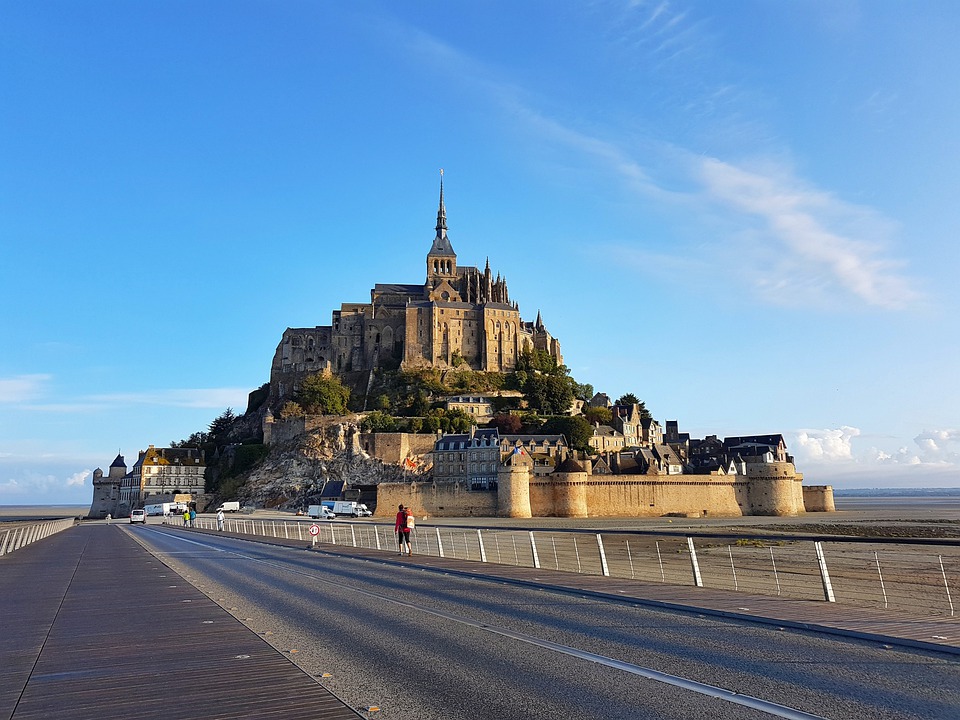The island lies approximately one kilometer off the country’s north-western coast, at the mouth of the Couesnon River near Avranches, and is 7 hectares in area. The mainland part of the commune is 393 hectares in the area so the total surface of the commune is 400 hectares.
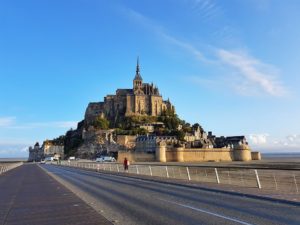
The abbey is an essential part of the structural composition of the town the feudal society constructed. On top, God, the abbey, and monastery; below this, the Great halls, then stores and housing, and at the bottom (outside the walls), fishermen’s and farmers’ housing.
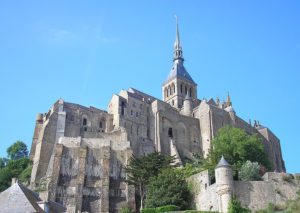
In the 11th century, William of Volpiano, the Italian architect who had built Fécamp Abbey in Normandy, was chosen by Richard II, Duke of Normandy, to be the building contractor. He designed the Romanesque church of the abbey, daringly placing the transept crossing at the top of the mount. Many underground crypts and chapels had to be built to compensate for this weight; these formed the basis for the supportive upward structure that can be seen today. Today Mont Saint-Michel is seen as a building of Romanesque architecture.
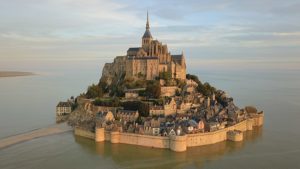
Robert de Thorigny, a great supporter of Henry II of England (who was also Duke of Normandy), reinforced the structure of the buildings and built the main façade of the church in the 12th century. In 1204, Guy of Thouars, regent for the Duchess of Brittany, as a vassal of the King of France, undertook a siege of the Mount. After having set fire to the village and massacred the population, he was obliged to beat a retreat under the powerful walls of the abbey. Unfortunately, the fire which he himself lit extended to the buildings, and the roofs fell prey to the flames. Horrified by the cruelty and the exactions of his Breton ally, Philip Augustus offered Abbot Jordan a grant for the reconstruction of the abbey in the new Gothic architectural style.
Charles VI is credited with adding major fortifications to the abbey-mount, building towers, successive courtyards, and strengthening the ramparts.
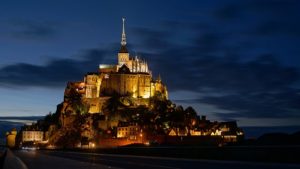
Mont-Saint-Michel and its surrounding bay were inscribed on the UNESCO list of World Heritage Sites in 1979 for their unique aesthetic and importance as a medieval Christian site. It is visited by more than 3 million people each year. Over 60 buildings within the commune are protected in France as monuments historiques.
According to Wiki





